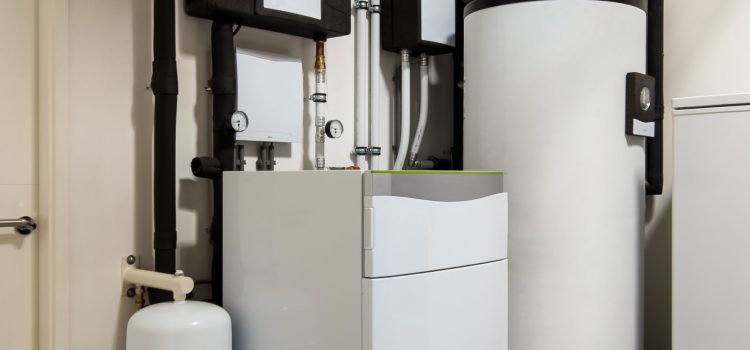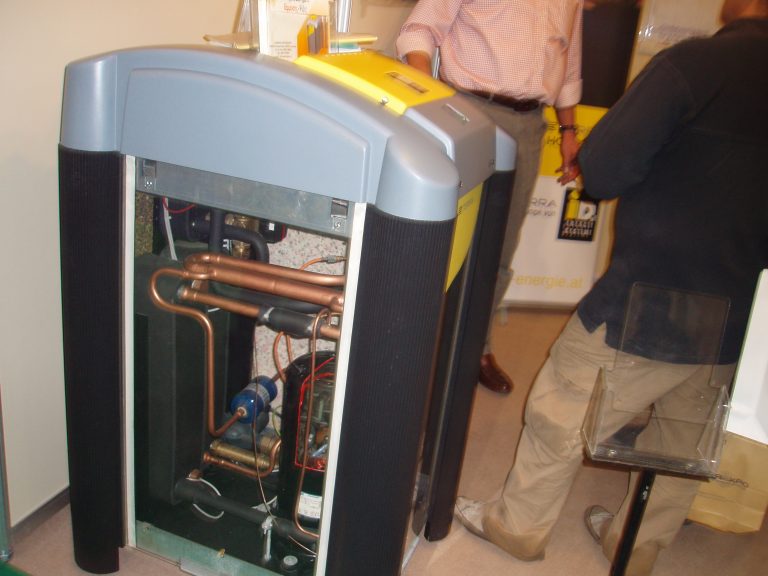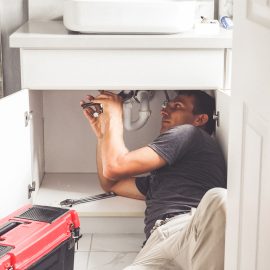
Hello, plumbing enthusiasts! Today, we’re diving deep into the world of geothermal heat pumps, one of the most efficient and eco-friendly heating and cooling systems out there. Whether you’re a homeowner looking to upgrade your HVAC system or a plumbing enthusiast eager to understand the inner workings of this technology, this article is your comprehensive guide. So, grab your hard hat (metaphorically), and let’s unravel the secrets of how a geothermal heat pump works and why it’s becoming increasingly popular in the world of plumbing and heating.
The Magic of Geothermal Heating: How Does It Work?
Before we get into the nitty-gritty details, let’s explore the basics of geothermal heating. This technology harnesses the Earth’s natural heat from beneath the surface, where temperatures remain relatively constant throughout the year. By tapping into this stable heat source, geothermal heat pumps provide efficient heating and cooling for homes and buildings.
Key Components of a Geothermal Heat Pump

To understand how a geothermal heat pump works, it’s essential to familiarize yourself with its key components. These typically include the heat pump unit, the ground loop, and the distribution system.
Step 1: Heat Absorption
The process begins with the heat pump unit, which is responsible for absorbing heat from the ground. This heat transfer occurs through a liquid or refrigerant that circulates through a loop system.
Step 2: Heat Exchange in the Ground Loop
The ground loop is a crucial element of the system. It consists of a series of underground pipes or loops filled with the heat transfer fluid. These loops are buried in the Earth at a depth where temperatures remain relatively constant, typically around 4 to 6 feet. As the fluid circulates through these loops, it exchanges heat with the surrounding ground.
Step 3: Heat Compression and Distribution
Once the heat transfer fluid has absorbed heat from the ground, it returns to the heat pump unit. Inside the unit, the fluid’s heat is compressed, significantly increasing its temperature. This now-hot fluid is then used to heat the air or water for distribution throughout the building.
Heating Mode vs. Cooling Mode
One of the advantages of geothermal heat pumps is their ability to operate in both heating and cooling modes. During the winter, the system extracts heat from the ground and uses it to warm the building. In the summer, the process is reversed, where the heat pump removes heat from the building and transfers it to the ground, providing efficient cooling.
Closed-Loop vs. Open-Loop Systems
Geothermal heat pumps can be configured as closed-loop or open-loop systems. Closed-loop systems are the most common, with loops of pipe filled with the heat transfer fluid. Open-loop systems use groundwater as the heat exchange fluid and are often found near a water source.
Efficiency and Environmental Benefits
The efficiency of geothermal heat pumps is a significant advantage. They require less energy to operate, making them cost-effective and environmentally friendly. Additionally, they produce fewer greenhouse gas emissions, contributing to reduced carbon footprints.
Installation Considerations and Costs
Installing a geothermal heat pump system involves drilling or digging to place the ground loop. The costs can vary depending on factors like system size, loop type, and location. However, many homeowners find that the long-term savings on energy bills make the investment worthwhile.
Geothermal Heating Unveiled
Geothermal heat pumps are a remarkable innovation in the world of plumbing and heating. They harness the Earth’s natural heat to provide efficient and eco-friendly heating and cooling solutions for homes and buildings. By understanding the principles of how these systems work, you can appreciate their benefits and consider them as a viable option for your heating and cooling needs. Here’s to the magic of geothermal heating, making our homes comfortable and sustainable.



